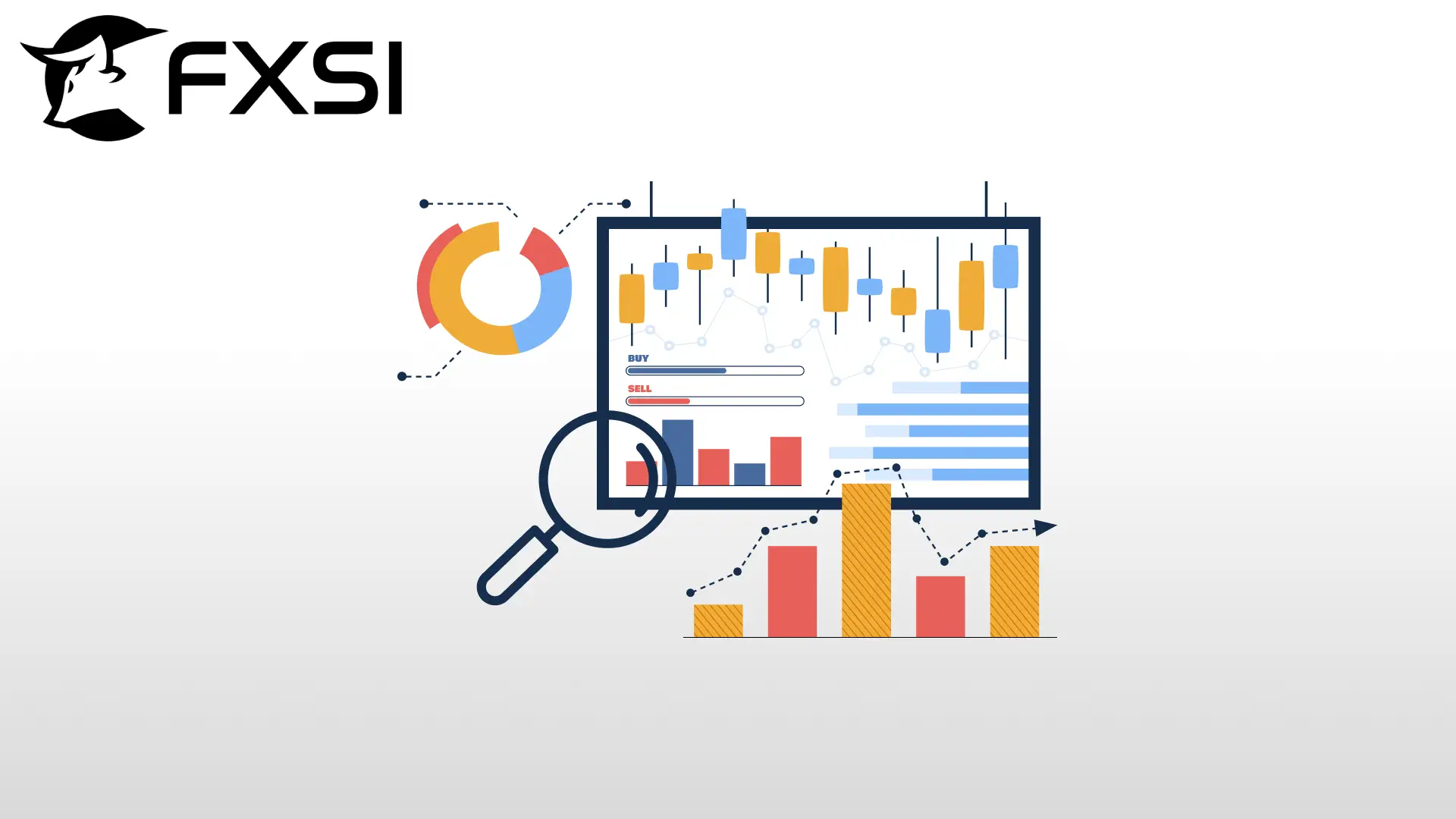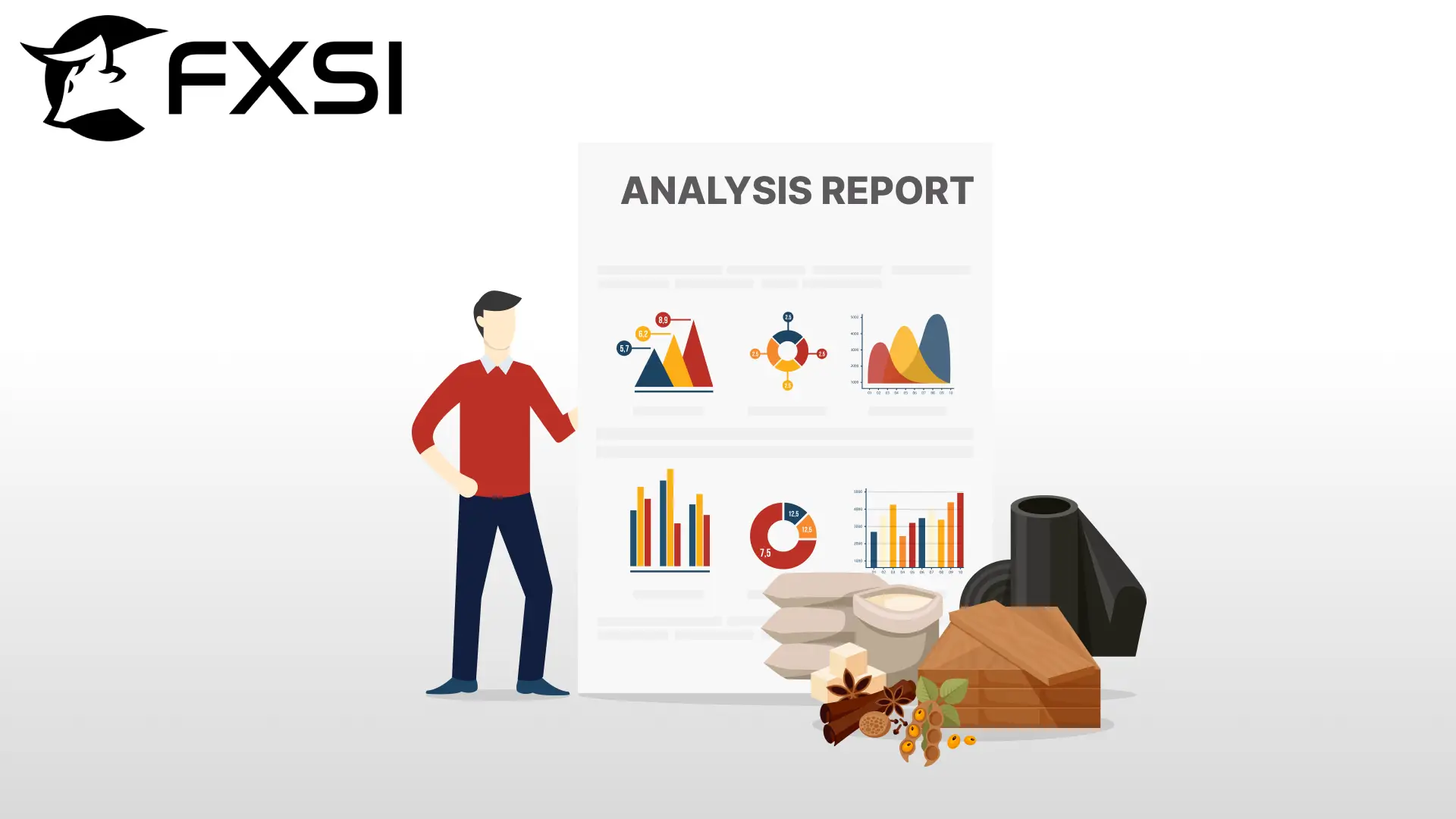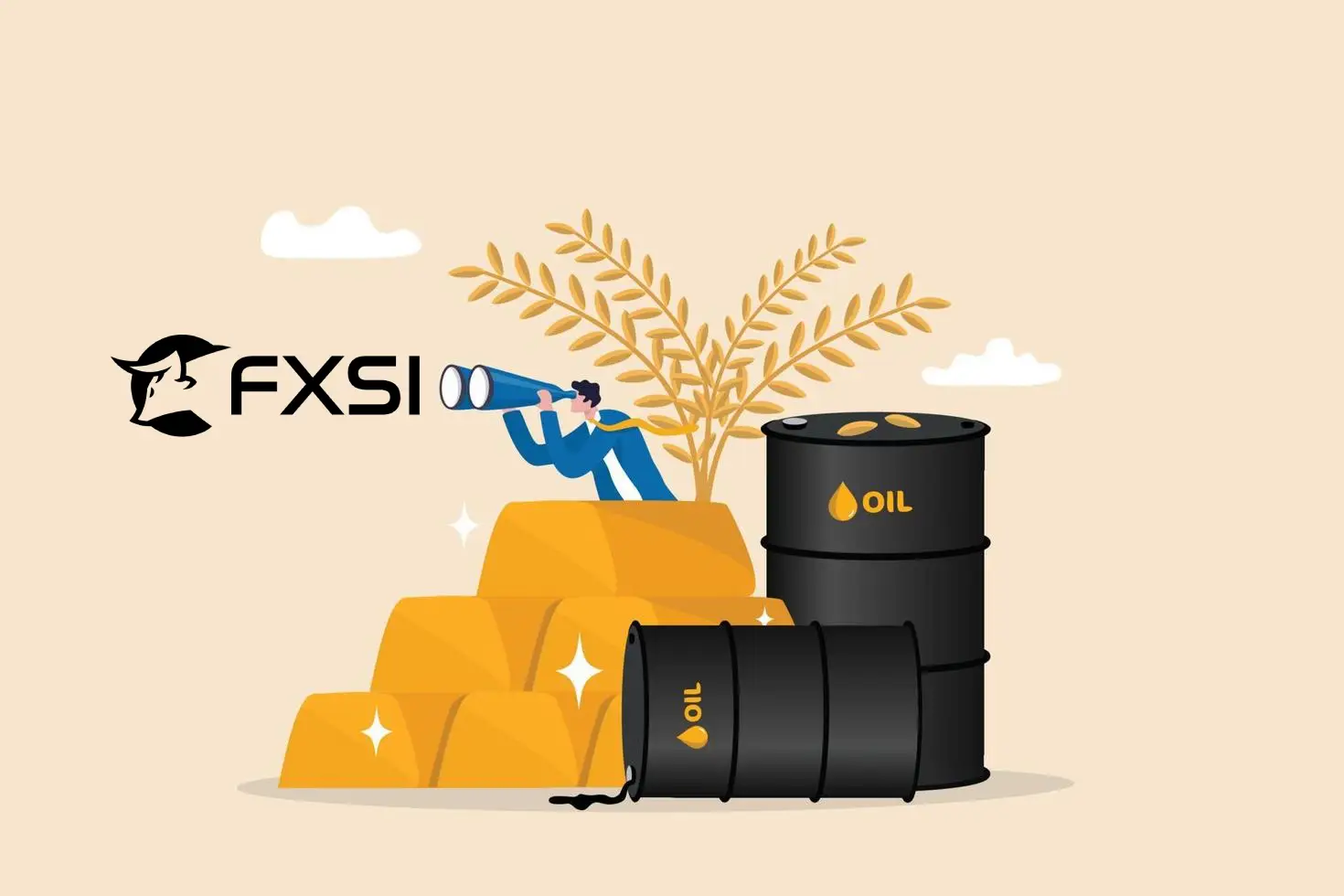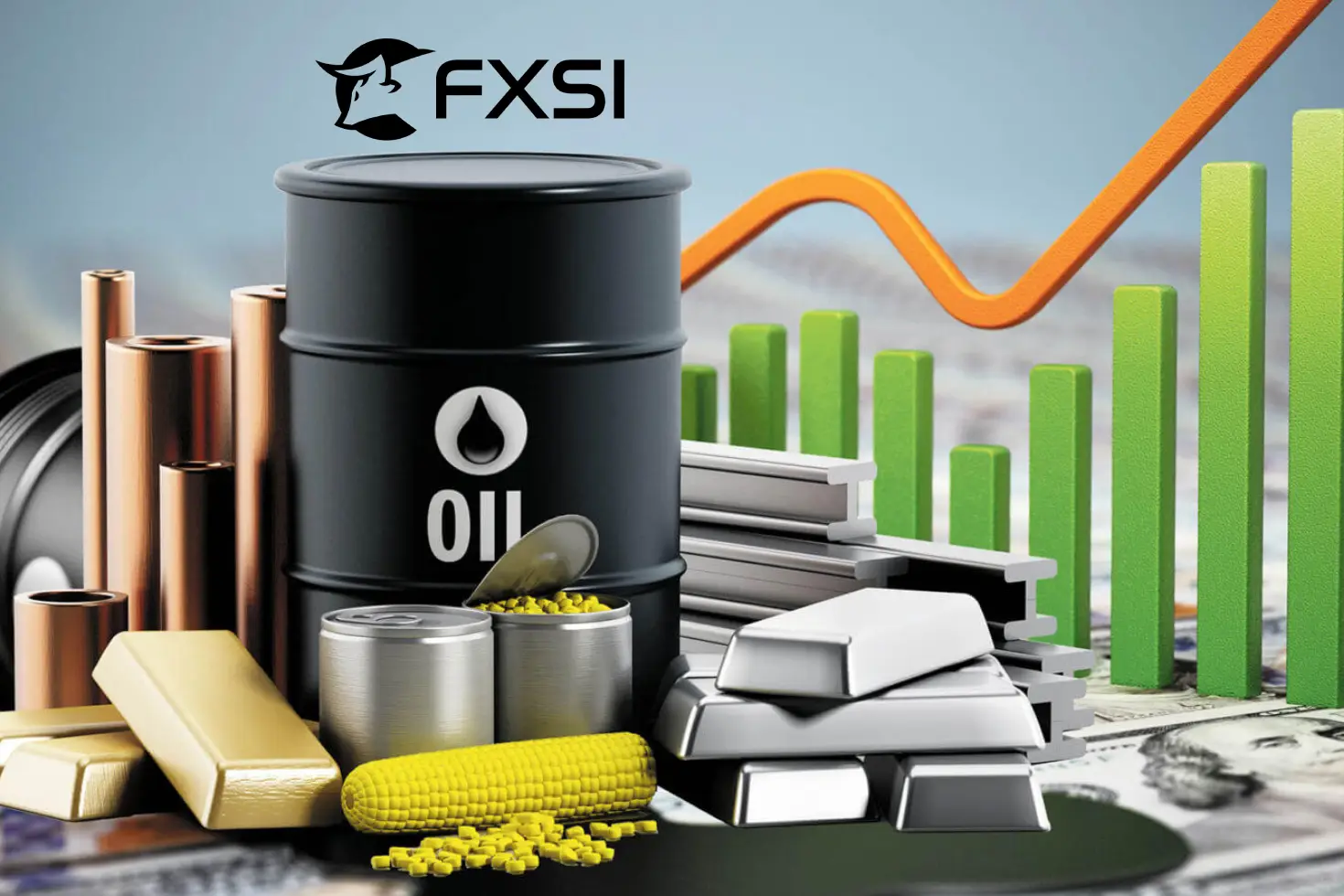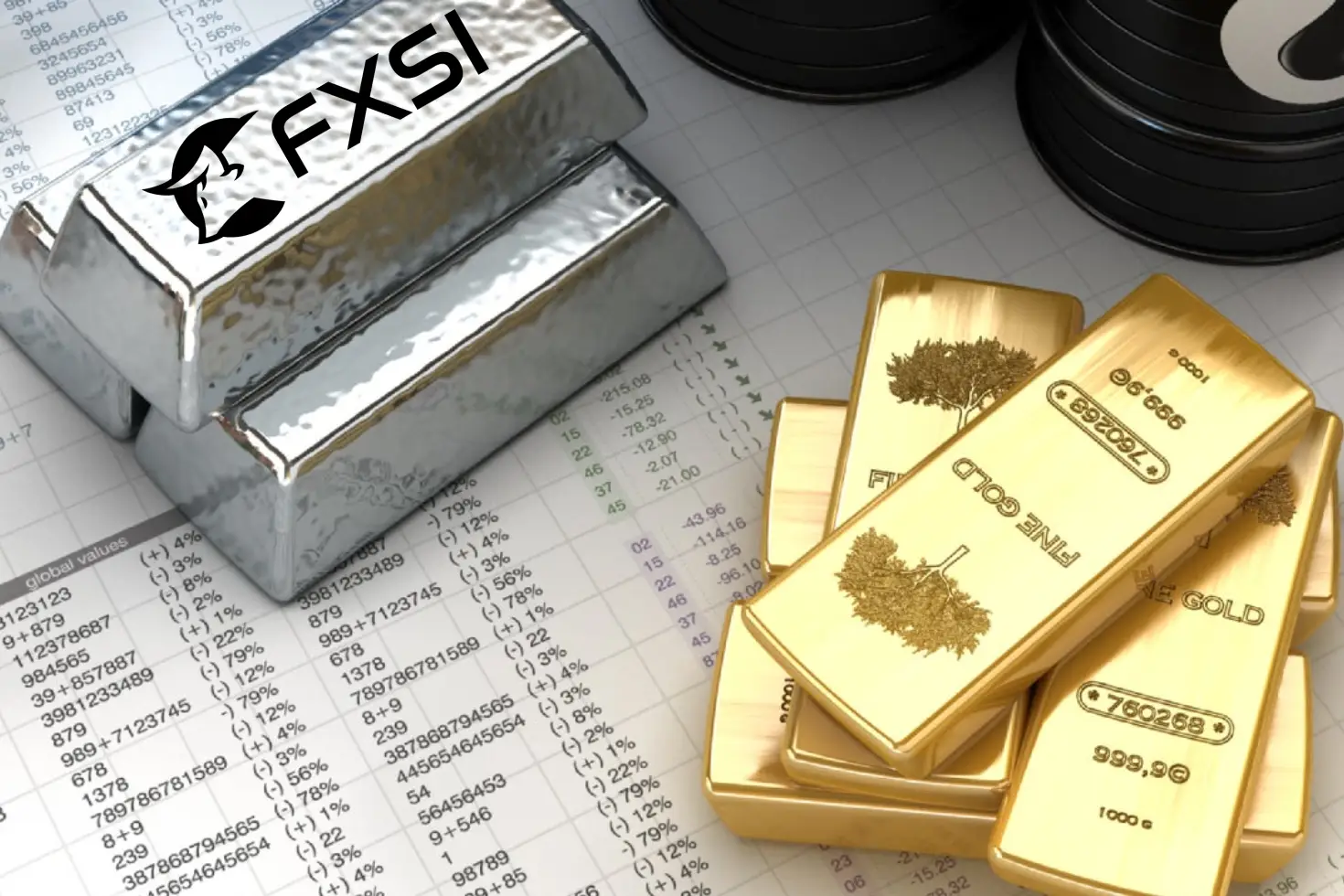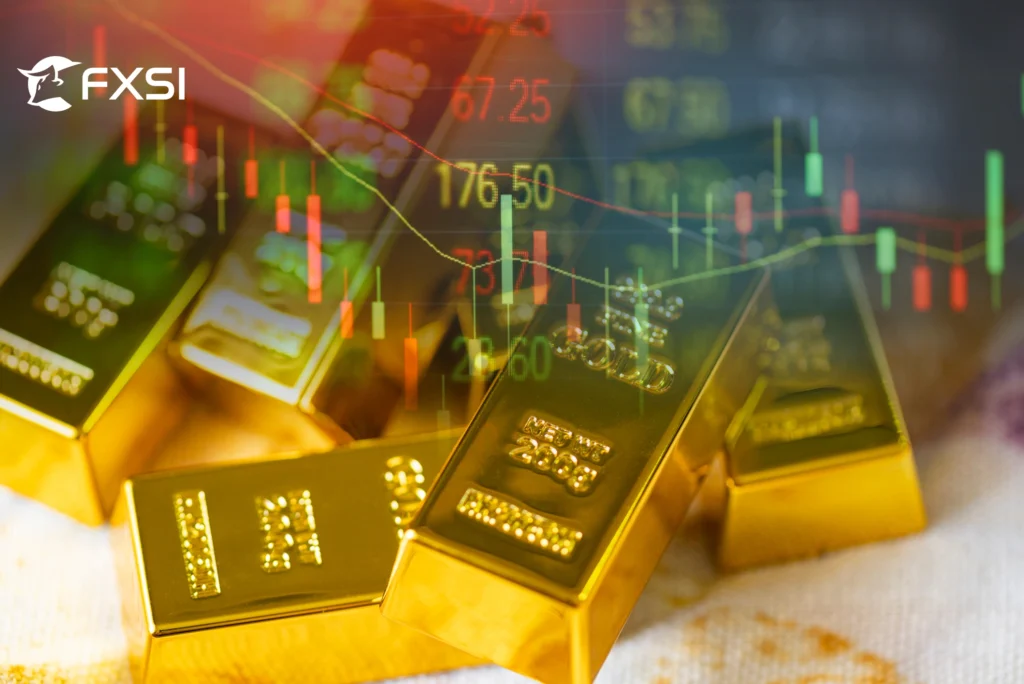In this commodity Futures explained deep-dive you will learn all about these types of trading contracts, how they work, and the appropriate way to manage them. By the end, you will know how to seamlessly implement a futures contract in your strategy, without having to doubt about losses, diversification, and other side factors.
Let’s get going!
Overview of Commodity Futures Contracts
A commodity futures contract is an agreement by a seller and buyer to sell and purchase a commodity on a future date at an agreed price. The contracts are exchanged and are standardized in respect of contract size, delivery date, and delivery terms.
The members of the commodity market include:
Hedgers: These are manufacturers, consumers, and producers who utilize futures to hedge price risk.
Example #1: A farmer of wheat can sell wheat futures to get a price in advance so that he has a fixed income.
Example #2: An airline firm can purchase fuel futures to have fixed fuel prices.
Speculators: Traders who never plan to take delivery but instead wish to profit from price changes. They provide liquidity to the market and can influence the short-run price behavior.
How Do Commodity Futures Work?
Commodity futures are exchange-based markets such as the Chicago Mercantile Exchange (CME) and Intercontinental Exchange (ICE).
The most significant features of commodity futures involve:
- Contract Expiration Date: The day on which the futures contract is to expire in physical delivery or cash settlement.
- Contract Size: The standard size of the underlying commodity is fixed in each futures contract.
- Price Determination: Set by supply and demand, geopolitical conditions, weather, and economic reports.
- Margin Requirements: Futures are margined based on an initial margin deposit, which serves as collateral against potential loss. This provides one leverage over a large contract size at a relatively low investment.
The Function of Commodity Futures in the Market
Commodity futures have some important roles:
- Price Discovery: Futures markets reveal future supply and demand patterns so that businesses can plan for future outlays.
- Hedging Against Risk: Producers and consumers hedge in futures to smooth prices and eliminate risk.
- Market Liquidity: Speculators introduce liquidity, which supports hedging by making it simpler to enter and exit.
- Economic Indicators: Futures prices can indicate pressure for inflation and anticipated economic growth.
Note: Feel free to explore the commodity trading instruments!
Commodity Futures Trading Strategies
Trading in futures is risky but profitable. Here are some proven strategies suggested by traders:
- Trend Following: Identification and exploitation of trends already in progress in the market.
- Spread Trading: Price differential trading between two close futures contracts.
- Hedging: Offset to minimize exposure to price variation through futures contracts.
- Swing Trading: Profiting from short-term price movements in the direction of an overall trend.
Commodity Futures Trading Risks
When trading with futures, be aware of:
- Market Volatility: Prices move rapidly on the basis of economic news, weather, or political instability.
- Leverage Risks: Leverage provides larger potential profits but simultaneously exposes to larger losses.
- Liquidity Issues: Some contracts are less liquid, and trading efficiently is an issue.
- Random Events: Natural disasters, epidemics, and policy shifts can cause unpredictable market fluctuations.
Advantages of Commodity Futures Trading
Futures trading, in spite of the risk, has various benefits:
- Risk Management: Firms cover price risks.
- Diversification: Investors diversify portfolios with commodity futures beyond stocks and bonds.
- Price Transparency: Futures markets show transparent prices based on global demand and supply.
Real-Life Applications of Commodity Futures
- Oil Price Volatility: Future prices of oil go up when geopolitical tensions are there, and world energy prices get influenced.
- Agricultural Weather Effects: A dry spell in a significant wheat-growing area can propel wheat futures prices upward.
The Regulatory Environment of Commodities
The commodity futures market is regulated to ensure transparency, prevent market manipulation, and protect traders from fraud. Regulators oversee futures exchanges, establish trading rules, and require compliance regulations to maintain market integrity.
Major Regulatory Agencies
- Commodity Futures Trading Commission (CFTC) – USA
- Financial Conduct Authority (FCA) – UK
- European Securities and Markets Authority (ESMA) – EU
- Securities and Exchange Board of India (SEBI) – India
Commodity Futures Explained: Contract Structuring
Futures contracts are standardized, and they are traded on organized markets. They specify major contract terms, with the intention being one of uniformity and ease of trading.
The key Futures are:
- Underlying Commodity: It could be crude oil, gold, wheat, natural gas, or any other highly traded commodity.
- Contract Size: Pre-specified number of the underlying commodity per contract (e.g., a crude oil futures contract is for 1,000 barrels of oil).
- Expiration Date: The date on which the contract must be settled, either physically or in cash.
- Tick Size and Price Fluctuation Limits: Price ticks and price fluctuation limits prevent too big market movements.
- Margin Requirements: The initial margin must be posted by the traders and a continuous margin balance must be maintained to take care of expected losses.
The Role of Settlement and Delivery
There are settlement forms of futures contracts: physically settled and cash settled.
In physically settled contracts, the underlying good is transferred from the seller to the buyer. This occurs in energy and agricultural markets where producers and consumers use futures for pre-agreed prices.
Cash-settled contracts, on the other hand, are only a money transfer based on the contract price minus the market price at maturity. Most speculators utilize cash settlement since they do not need to handle physical commodities.
Note: Learn more about the commodity trading hours!
Risk Management via Margin Requirements
Members must deposit an initial margin before trading, which acts as collateral. The exchange will determine this typically, depending on commodity and market risk. Because the futures markets have extremely high leverage levels, members are also required to maintain a maintenance margin, sufficient to absorb potential losses.
When the balance in an account drops below this point as a result of adverse price movement, a margin call is issued, which forces the trader to add more funds or have their position liquidated.
Contract Months and Market Liquidity
All commodity futures contracts also include specific contract months when the contract can be bought and sold. The months are selected so they align with supply and demand during seasons. Farm futures contracts, for example, take place in planting and harvesting seasons, whereas energy contracts take place when consumption is most likely to happen.
Most actively traded contracts of all—front-month contracts—are the most liquid and hence are the best for traders who wish to get in and out of positions economically.
Commodity Futures Market Participants
The two most important commodity futures market participants are hedgers and speculators.
Hedgers
Hedgers use commodity futures for the management of price risk and hedging operations.
Hedgers are:
Producers: Farmers, miners, and oil drillers use futures to hedge future prices and reduce uncertainty.
Manufacturers and Consumers: Companies reliant on commodities (such as airlines) hedge against volatility to reap cost stability.
Speculators
Speculators try to profit from price change without actually taking delivery of the underlying item.
They are:
Retail Traders: Retail investors trading in futures markets for profit.
Institutional Investors: Investment firms and hedge funds utilize futures as a diversified portfolio investment.
Market Makers: Firms that provide market liquidity by continuously buying and selling futures contracts.
Note: Learn more about the difference between financial and physical commodities!
How are Commodity Futures Prices Determined?
Commodity futures prices differ based on several factors:
Factor #1: Supply and Demand Dynamics
Weather Conditions: Weather disasters, droughts, and unanticipated climatic fluctuations tend to tighten supply channels.
Geopolitical Events: Trade policies and political revolution contribute to price and availability formation.
Mining, Drilling, and Farming Costs: Supply levels are decided by farming, drilling, and mining expenses.
Factor #2: Macroeconomic Indicators
Interest Rates and Inflation: Higher interest rates tend to limit demand, and inflation tends to be higher with higher commodity prices.
Currency Exchange Rates: A growing stronger U.S. dollar tends to make commodities more costly to foreign consumers and hence reduce demand.
Global Economic Growth: Growing economies require higher raw materials consumption.
Factor #3: Market Sentiment and Speculation
Investor behavior: Institutional investors and large funds move futures prices by speculative transactions.
Technical Analysis: Price expectations are directed by moving averages, chart patterns, and volume trends.
Settlement and Delivery Modes
A total of two settlement modes are available for commodity futures:
Physical Delivery:
- Relates to the actual delivery of the commodity.
- Principal usage among manufacturers and producers requiring physical commodities.
- Tightly incorporates specific point of delivery, and quality grade specifications, in addition to delivery arrangements.
Cash Settlement:
- No underlying commodity of physical form is traded.
- Contract price and settlement market price fluctuate, and these are charged or brought forward against accounts of traders.
- Used for financial and index-based commodity futures like crude oil and gold ETFs.
Physical Delivery: Overview
Physical delivery refers to the physical movement of the underlying commodity from the seller to the buyer at the location of the contract. It is a highly used mode of settlement in commodities like crude oil, agricultural produce, and metals.
An example is that a crude oil futures contract can require the seller to physically deliver 1,000 barrels of crude oil to a particular tank. But physical delivery is not common since most traders close their positions before expiry so that they will not be disrupted by the physical commodities logistics.
Cash Settlement: Overview
Cash settlement, on the other hand, does not involve any delivery of the commodity in question. Instead, the contract is settled by paying the difference between the expiry market price and the contract price. This is commonly utilized in cash-settled futures, i.e., energy or stock index-based markets where physical settlement is not possible.
A good example would be a natural gas futures position held by a trader who would receive or pay the price difference rather than settling in terms of gas delivery. Most traders, and speculators in particular, prefer cash settlement as it permits them to freely trade to gain from price variations without having to think about transport and storage.
Commodity Futures as a Price Discovery Mechanism
Price discovery through commodity futures markets in which commodity prices are derived collectively by all market participants is facilitated by the process involving:
Expectation of Future Supply and Demand: Speculators set futures contract prices based on prognosis and global news.
Market Translucency: Exchange rates are a snapshot in time of sentiment with free competition.
Benchmark Pricing: Several industries use pricing models to benchmark against futures market information (e.g., Brent crude oil as a global benchmark).
Commodity Futures Trading Benefits
Commodity futures provide several benefits:
- Hedging Against Price Fluctuation: Farmers, miners, and companies can hedge against financial risks.
- Take Advantage of Opportunities: Brokers can handle large positions with relatively little capital.
- Market Liquidity: Well-traded futures (e.g., oil, gold) make it easy to enter and leave.
- Portfolio Diversification: Commodities investing is a hedge against falling share markets.
Risks & Challenges of Commodity Futures
While they are beneficial, commodity futures do bear some risks:
Price Volatility
Surprising price fluctuations due to political instability, natural disasters, or economic data can lead to huge losses.
Leverage Risks
Leverage will increase profits to a higher level, but also expand losses to over one initial investment.
Regulatory and Market Risks
Government policy shifts or international trade regulations may influence commodity markets. Some futures contracts can be illiquid, hence, they would be harder to sell.
Exchange-traded and Over-the-Counter (OTC) Futures
Exchange-traded futures are standardized contracts bought and sold on an organized futures exchange such as the Chicago Mercantile Exchange (CME) or Intercontinental Exchange (ICE). Exchanges regulate contract details, margining, and clearinghouse settlement. Being heavily regulated, exchange-traded futures give greater degrees of transparency, liquidity, and reduced counterparty risk. Sellers and buyers of positions can make transactions with safety because a central clearinghouse gets involved which ensures trade execution and settlement.
OTC futures are two-way agreements between two counterparties with no exchange participation. They are more adaptable in terms of contract size, expiry, and settlement terms and are thus more suitable for institutional investors and corporations with custom-made hedging needs. OTC markets do, however, subject traders to greater counterparty risk since the trades are not supported by a clearinghouse. Default by one party results in financial loss to the other party.
Although exchange-traded futures are the most prevalent type of retail and institutional trading due to ease of entry and safety, OTC futures are still the preference of those firms that need customized risk management. Both are essential components of the overall commodity futures market, which offers firms and investors the choice of hedging price risk and speculation.
Commodity Futures and Economic Growth
Commodity futures react to broader economic forces:
Inflation Indicators: commodity price rises usually signal inflationary pressures.
Impact on Industrial Sectors: manufacturing and agriculture rely on sound commodity price planning.
Government Policy and Trade: Governments utilize future information to guide economic policy and trade negotiations.
Conclusion:
This was the complete commodity Futures explained guide and everything you should know about this method of trading. We hope we’ve been able to help you incorporate futures into your commodity trading strategy and let you in on some interesting details regarding this type of trading!
